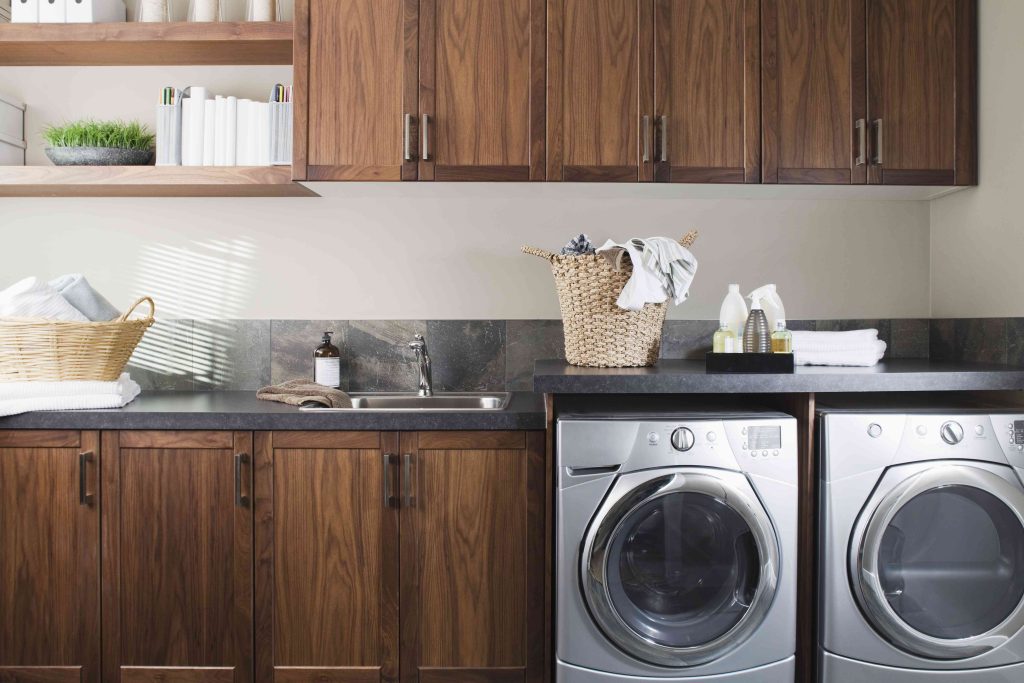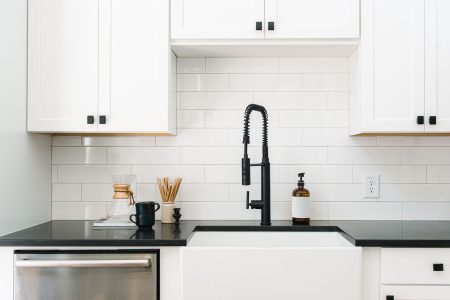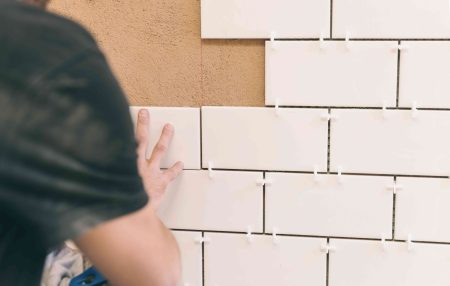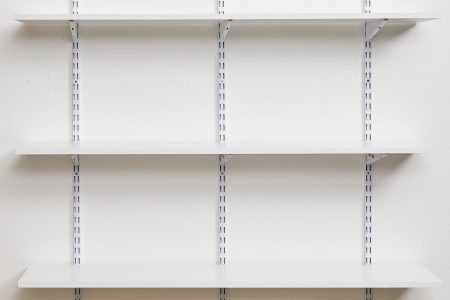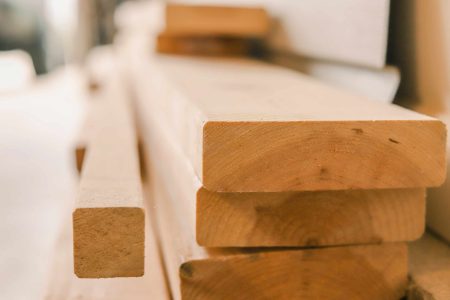Laundry sinks are back. Once the only way to wash clothing, laundry sinks and basins were later supplanted by efficient automatic washers and dryers that did it all—but at the cost of high energy use.
As homeowners searched for more green-friendly ways to clean, they discovered the benefits of older but energy-smarter technologies such as clotheslines, phosphate-free detergents, and laundry sinks. Laundry sinks let you tackle many of life’s dirtier moments, without putting undue strain on your washer.
They’ll also let you clean a multitude of other items that you would never think of cleaning in your home’s other sinks.
What Is a Laundry Sink?
Often called a utility sink, a laundry sink is a rugged, large-capacity sink used primarily for cleaning or soaking clothing. A laundry sink is also used for washing items unrelated to clothing, such as paintbrushes. Laundry sinks are usually located in a laundry room or another peripheral area, such as a basement or garage.
Extremely dirty clothing can be washed out in a laundry sink before putting it in the clothes washer. Even if your washer has a pre-soak function, you may still want to soak some articles of clothing in a laundry sink.
Types of Laundry Sinks
Just because the purpose of this sink is laundry doesn’t mean it’s limited to a basic metal utility sink. Your laundry room sink can deliver equally on function and appearance, so if having a beautiful laundry room is important to you, you can choose a laundry sink that adds to the attractiveness of your space, rather than detracting from it. When selecting a type of sink, also consider how you want to use the sink and what features will contribute to its usability.
Freestanding or Floor-Mounted Laundry Sinks
A freestanding or floor-mounted laundry sink is a large single- or double-basin that comes with its own legs. Either the legs are already attached to the basin or they come separately.
If you want the most basic, inexpensive laundry sink possible, the freestanding laundry sink may be what you need. Most freestanding sinks are in the $80 to $200 price range, with basins as deep as 24 inches. Installation is easy since this type of sink only needs to be secured to the back wall and the plumbing lines attached.
Wall-Mounted Laundry Sinks
Wall-mounted laundry sinks attach directly to the wall of the laundry room. Due to weight restrictions, wall-mounted laundry sinks must be attached directly to wall studs located behind the drywall.
Wall-mount laundry sinks are best if space is limited because they are raised above the floor: storage below is available.
Base Cabinet-Mounted Laundry Sinks
Combine a bathroom vanity cabinet with a laundry sink, and you essentially get a base cabinet-mounted laundry sink. This type of sink has a simple, utilitarian cabinet on the bottom with doors, plus the sink on top.
These sinks are best if you want to maintain the appearance of your laundry room. These streamlined units hide the lower plumbing and they provide limited storage, usually for cleaning items. These sinks have less capacity than other sinks. Ten to 15 gallons is a typical capacity, as opposed to 20 gallons for freestanding or wall-mounted laundry sinks.
Drop-in or Undermount Laundry Sinks
Drop-in or undermount laundry sinks attach to existing countertops mounted on base cabinets. Drop-in (also called self-rimming) sinks are inserted, from the top, in large holes cut in the countertop. Undermount sinks attach to the bottom of the countertop, under similarly sized holes.
These types of laundry sinks work well if you want to help the sink aesthetically blend into the laundry room. They are also good if you expect to use the laundry sink frequently since the countertop runs directly against the sink, providing you with nearby, same-level workspace. Like base cabinet-mounted laundry sinks, these sinks tend to be large in width and length but shallow.
Laundry Sink Materials
Stainless Steel
-
Highly durable
-
Sandable with steel wool
-
Resists chemicals
-
Extremely heat resistant
-
Subject to denting with sufficient force
-
Deep scratches cannot be sanded out
-
Very expensive, usually in the $500 and more range
Polypropylene
-
Light-weight
-
Inexpensive
-
Best for wall-mount applications
-
Easy to find and typically in stock at home centers
-
Subject to staining
-
Thin material can crack
-
May react with some chemicals
-
Will melt at temperatures at or exceeding 320 F
Enamel-Coated Cast Iron
-
Durable
-
Resists stains
-
Heat resistant
-
Surface might chip
-
Heavy
-
May be difficult to find
Special Considerations
Since laundry sinks’ basins can become stained, dirty, and scratched over time, it is easy to view them as safe dumping zones for hazardous chemicals, paint, and paint thinners. This is not so. Laundry sinks drain into your home’s regular sewage line and from there into municipal sewer mains or septic tanks.
Dirt and other heavy solids, too, will clog laundry sinks’ traps and drainage lines. Use removable filters at the upper drain level to catch these materials and prevent them from entering larger drainage lines.
Ultimately, consider how you’re going to use the sink. Will it just be for laundry purposes, or will you use it to bathe pets, too? Make sure whatever options you consider will serve your needs for size, orientation (do you want a small, deep sink, or a broad and shallow one?), durability, and more.
Read the full article here



